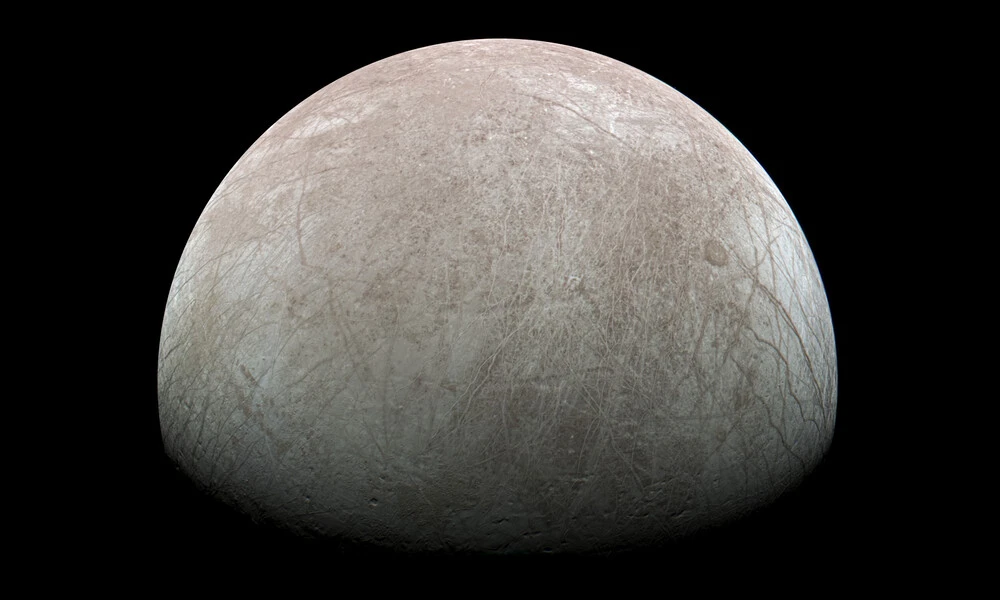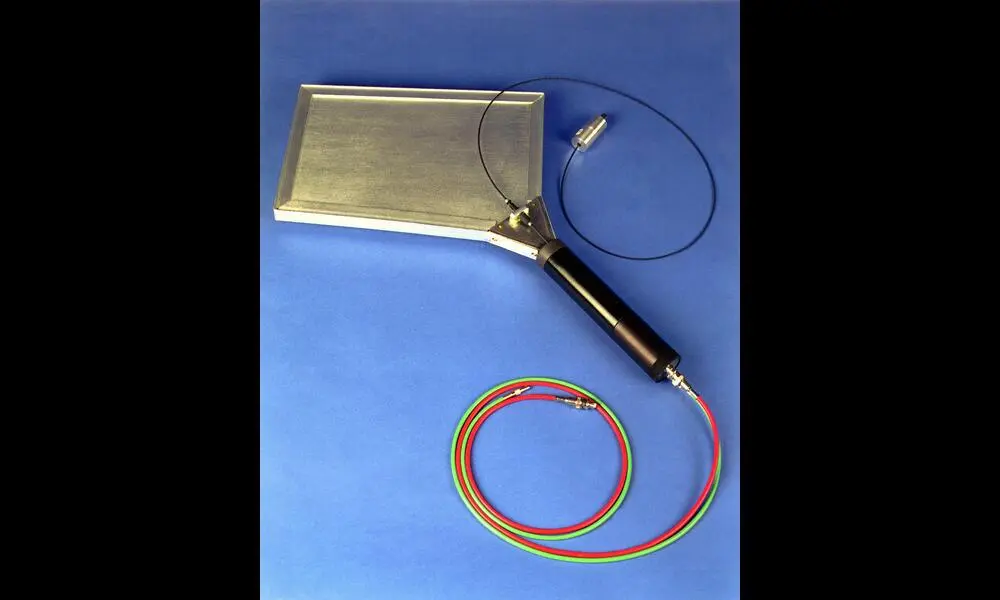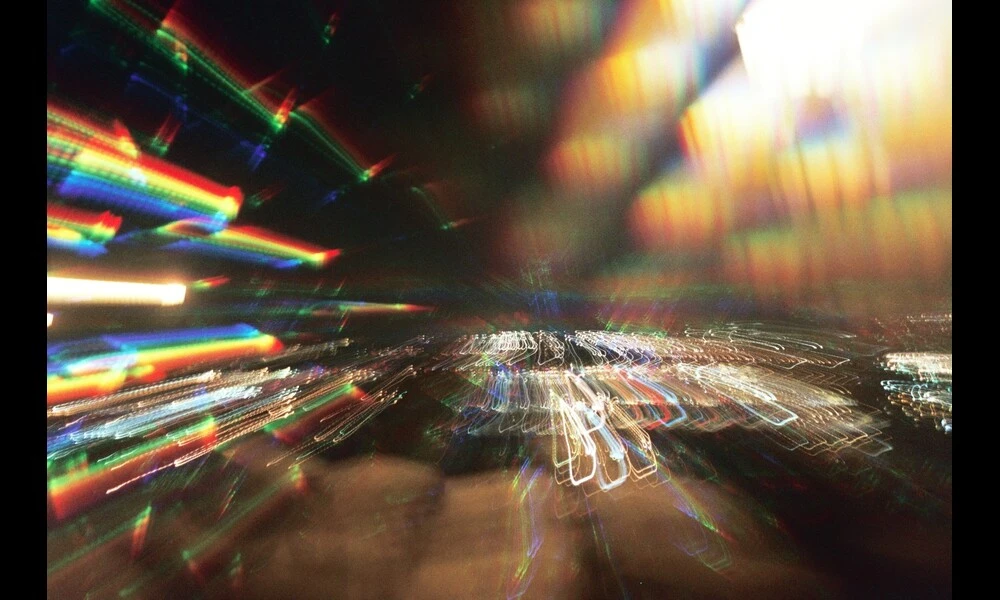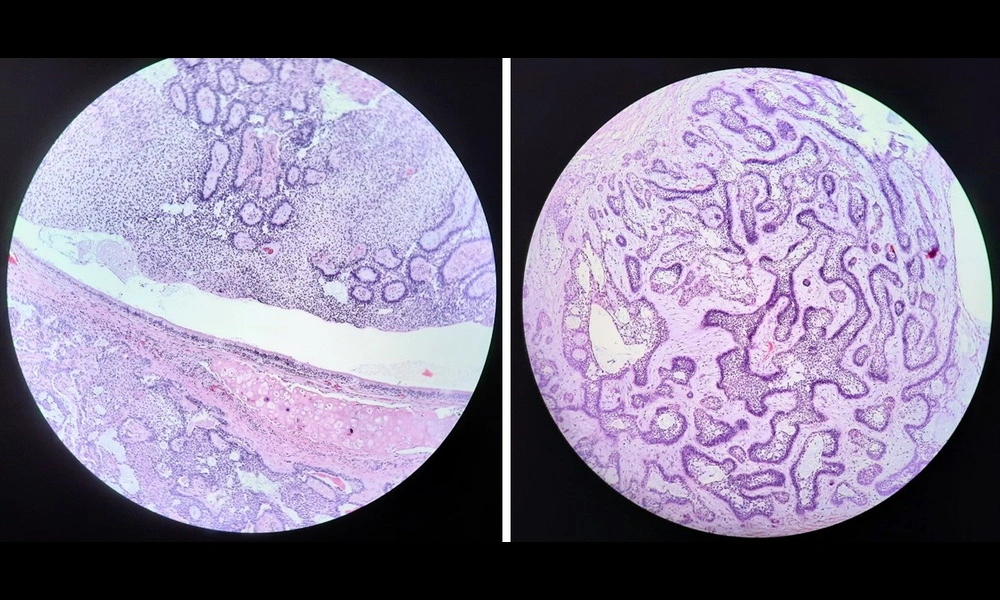New Research Sheds Light on Mysterious 2.07 μm Absorption Feature on Jupiter's Moon, Europa
Published on Thu Aug 31 2023 Europa - PJ45-2 | Kevin Gill on Flickr
Europa - PJ45-2 | Kevin Gill on FlickrNew research has shed light on the mysterious 2.07 μm absorption feature found on Jupiter's moon, Europa. Scientists have long speculated about the origin of this weak absorption feature, with one possibility being that it is formed from radiolytic processing of an endogenic salt sourced from the moon's interior ocean. However, a new study using archived near-infrared observations from the Very Large Telescope/SINFONI has found that there is no apparent association between the presence or depth of the absorption feature and Europa's large-scale chaos terrains, which would be expected if the feature was linked to endogenic salts.
The study suggests that the formation pathway of the 2.07 μm feature on Europa is independent of any endogenous salts within the recent geology. Instead, the researchers propose that the source of this feature may be a product of the radiolytic sulfur cycle or some unidentified parallel irradiation process. The absence of the 2.07 μm absorption band in the Pwyll crater ejecta blanket, which is much younger than the other geologic features, implies that radiolytic processing has not had enough time to form the species responsible for the absorption, placing a lower limit on the irradiation timescale.
However, the specific nature of the radiolytic products responsible for the absorption feature remains unknown. The study was unable to find a plausible spectral match for the 2.07 μm feature within the available laboratory data. This highlights the need for further laboratory experiments at Europa-like conditions to better understand the radiolytic processes and determine the nature of the species responsible for the absorption. The findings have important implications for understanding the surface composition and underlying ocean chemistry of Europa, which is a prime target for astrobiological consideration due to its deep global salty ocean.



